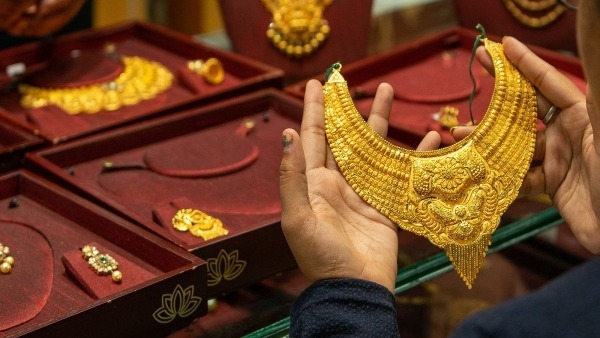Much money is spent on assembly elections in the country
The results of the Bihar assembly elections have been declared today. The NDA won 202 out of 243 seats. So let’s know how much money is spent on one assembly seat. The first phase of voting for the Bihar Assembly elections will be held on November 6, 2025. To avoid long queues, the Election Commission has set up 90,712 polling stations.
This reduces the number of voters per polling station to less than 1,200. This experiment has made Bihar the first state in the country to have fewer than 1,200 voters per polling station. The Election Commission began preparations for the Festival of Democracy several months in advance. Based on this, the election budget was also finalized. According to one estimate, the Bihar Assembly elections will cost approximately ₹900 to ₹1,100 crore.
There are 4,120 Assembly seats in the country: According to the Centre for Media Studies’ report on election expenditure, there are approximately 4,120 assembly seats across the country. Bihar has 243 assembly seats, which will vote on November 6 and 11. If the total election expenditure is divided among the 243 assembly seats, the cost per seat will be approximately ₹45 crore.
Meanwhile, Bihar has approximately 7.4 crore voters. Of these, 39 million are male voters, while the number of female voters is 3.5 crore. If we calculate the cost per voter, it comes to around ₹149, assuming 100% voter turnout. The cost per voter will also vary depending on the voting percentage data.
This much was spent on the 2015 Bihar Assembly elections: It should be noted that the state government spent approximately ₹300 crore on the 2015 Bihar Assembly elections. This expenditure was from state funds and did not include expenditure by political parties. The major expenses associated with conducting the elections were divided into three parts. The first was for vehicles, fuel, booth setting, tents, buildings, and printing of election documents.
Approximately ₹152 crore was spent on this, which was one and a half times more than the 2010 Assembly elections. The second was on security arrangements. For the first time in the state, the Central Armed Police Force (CAPF) was deployed at all polling stations. A total of 750 companies were involved. This security arrangement cost approximately ₹78 crore, which was borne by the Home Department.
More than 3 lakh polling personnel were on duty: The third and most important component was the allowances paid to polling personnel. At that time, approximately 3.27 lakh polling personnel were working, and their honorarium was approximately ₹63 crore, compared to ₹45 crore in 2010. The Commission provided basic amenities like drinking water, toilets, electricity, and ramps at every polling booth. For the first time in this election, six notices were issued against prominent leaders for violating the Model Code of Conduct, a figure not seen in 2010.
Election expenses increased manifold in 2020: In 2020, the Bihar Assembly elections saw a significant increase in expenditure due to the COVID-19 pandemic, forcing the Election Commission to implement additional safety measures. According to state election department officials, the election cost approximately ₹600 crore, double the ₹300 crore in 2015.
Security and health arrangements alone accounted for approximately 20 percent of the total expenditure. Meanwhile, according to state government records, the 2019 Lok Sabha elections cost ₹535 crore. Lok Sabha elections are borne by the central government, while the entire cost of assembly elections is borne by the respective state governments.
The number of polling personnel increased to 6 Lakh: According to officials, the increase in expenditure was primarily due to COVID-19 safety measures. For example, PPE kits, gloves, masks, and sanitizers were provided for 6 lakh polling personnel. Social distancing circles were created outside polling stations.
Measures such as increasing the number of vehicles and expanding counting centers also increased costs. Transportation of security forces and polling personnel also incurred additional costs. Additionally, 45% more polling stations were created to keep voter turnout to 1,000 or fewer.





